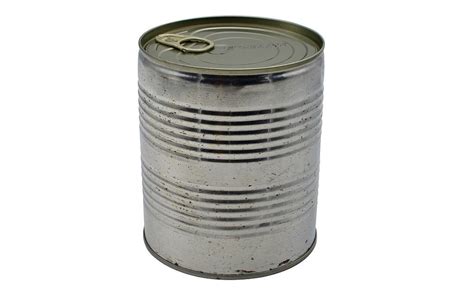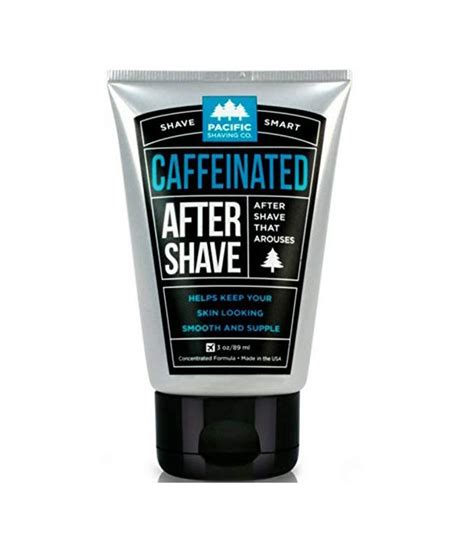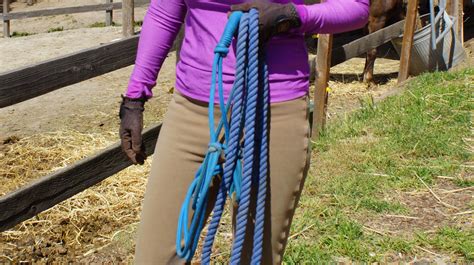Mastering the shave: Prevent razor burn for a consistently sharp look?

Unmasking the Culprit: What is Razor Burn?
Razor burn is an unwelcome companion for many who shave, manifesting as red, irritated skin, bumps, and an uncomfortable stinging sensation. Far from providing that desired sharp, clean look, it often leaves your skin feeling raw and looking anything but polished. But achieving a consistently smooth, irritation-free shave isn’t a pipe dream; it’s a skill you can master with the right approach and a little dedication.

The Root Causes: Why Does It Happen?
Before we conquer razor burn, let’s understand its common origins. It typically arises from a combination of factors:
- Dull Blades: A dull blade drags and pulls at the hair rather than cutting it cleanly, causing irritation and micro-tears in the skin.
- Improper Technique: Shaving against the grain, applying too much pressure, or making multiple passes over the same area exacerbates skin trauma.
- Lack of Lubrication: Insufficient lather or a poor-quality shaving cream doesn’t adequately protect the skin from the blade.
- Dry Shaving: Shaving dry skin is a direct path to irritation, as it offers no buffer.
- Sensitive Skin: Some individuals are naturally more prone to irritation.
The Pre-Shave Ritual: Setting the Stage for Success
A great shave begins long before the blade touches your skin. Preparing your skin and hair properly is paramount to preventing razor burn.
1. Warm Water & Exfoliation: Open Pores, Soften Hairs
Start with a warm shower or by applying a hot towel to your face for a few minutes. The heat helps to open pores and soften hair follicles, making the hairs easier to cut. Consider a gentle facial scrub 2-3 times a week to remove dead skin cells and lift ingrown hairs, but avoid exfoliating immediately before shaving if your skin is sensitive.
2. Pre-Shave Oil: The Extra Layer of Protection
For an added layer of defense, massage a few drops of pre-shave oil onto your skin. This creates a slick barrier that allows the razor to glide more smoothly, reducing friction and drag.
3. Quality Shaving Cream or Gel: Lather Up!
Invest in a high-quality shaving cream or gel. Skip the aerosol foams that often contain harsh chemicals and drying alcohols. Instead, opt for rich, moisturizing creams that create a thick, protective lather. Apply it generously, ensuring all hairs are fully coated.

The Shave Itself: Precision and Gentle Strokes
The actual act of shaving requires precision and a light hand. This is where most razor burn occurs if not done correctly.
1. Use a Sharp Blade: Your Most Important Tool
This cannot be stressed enough. A fresh, sharp blade is your best friend in the fight against razor burn. Replace your razor blade or cartridge every 5-7 shaves, or sooner if you feel any tugging or discomfort. Dull blades are the primary cause of irritation.
2. Shave With the Grain (Initially): Gentle First Pass
Always start by shaving with the grain of your hair growth. This minimizes tugging and reduces the risk of irritation. If you need a closer shave, re-lather and make a second pass across the grain, or even against it, but only if your skin can tolerate it without irritation. For many, a single pass with the grain is enough to prevent discomfort.
3. Light Pressure, Short Strokes: Let the Blade Do the Work
Resist the urge to press hard. Modern razors are designed to work effectively with minimal pressure. Use short, controlled strokes, rinsing your blade frequently under warm water to clear away hair and cream buildup. This prevents the blade from getting clogged and becoming less effective.

Post-Shave Care: Soothe, Hydrate, and Protect
Your shaving routine doesn’t end when the last hair is cut. Post-shave care is crucial for calming the skin and preventing irritation.
1. Cold Water Rinse: Close Pores, Calm Skin
After shaving, rinse your face thoroughly with cold water. This helps to close pores and soothe any lingering irritation. Gently pat your skin dry with a clean, soft towel – don’t rub.
2. Aftershave Balm or Moisturizer: Hydration is Key
Apply a hydrating, alcohol-free aftershave balm or moisturizer. Look for ingredients like aloe vera, witch hazel (alcohol-free), glycerin, or hyaluronic acid, which help to soothe, hydrate, and protect the skin barrier. Avoid aftershaves with high alcohol content, as they can dry out and irritate freshly shaved skin.
3. Give Your Skin a Break: Avoid Immediate Rubbing or Tight Clothing
Allow your skin to breathe for a few minutes before applying any other products or wearing restrictive clothing in the shaved area. This gives the skin time to recover and the aftershave to absorb.

Maintaining Your Tools: Hygiene and Longevity
A clean and well-maintained razor is essential for a consistently good shave.
- Rinse Thoroughly: After each shave, rinse your razor thoroughly to remove all hair and cream residue.
- Air Dry: Store your razor in a way that allows it to air dry completely, preventing bacteria growth and prolonging blade life.
- Regular Replacement: Adhere to a strict blade replacement schedule. It’s a small investment for consistently smooth skin.

Conclusion: The Path to a Perfect Shave
Preventing razor burn is a comprehensive process that combines proper preparation, precise technique, and attentive post-shave care. By integrating these steps into your grooming routine, you’ll not only banish the irritation but also achieve that coveted, consistently sharp, and impeccably smooth look you desire. Embrace these practices, and transform your shave from a chore into a ritual of self-care.







